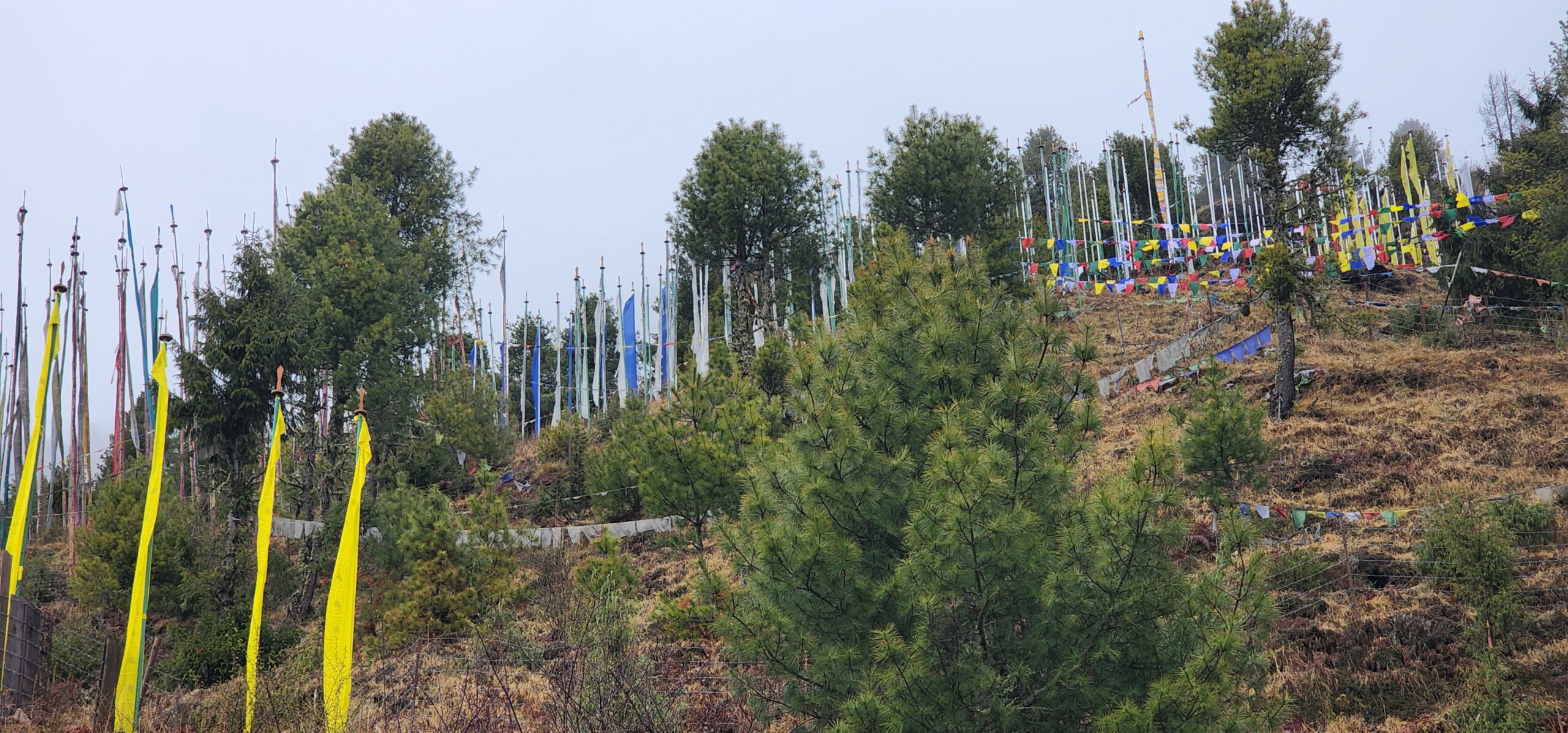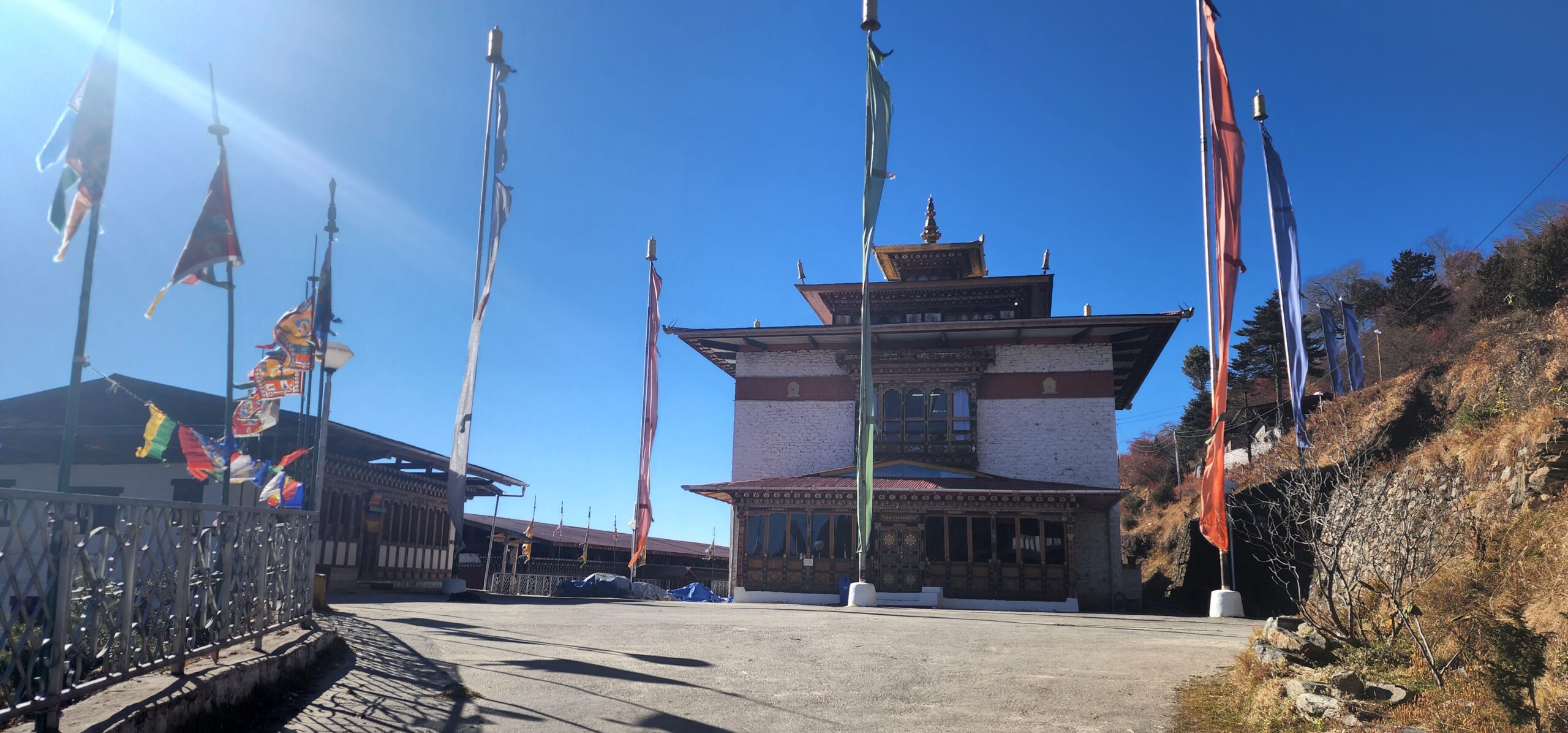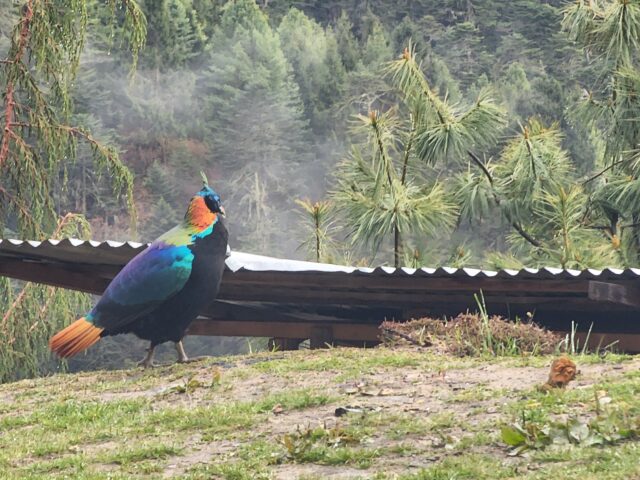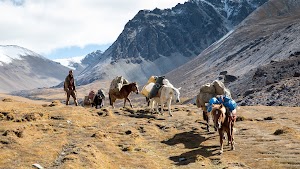Tharpaling Monastery-The Vast Expanse of Liberation
I have often heard that meditating for a mere seven days at Tharpaling Monastery promises greater merits than meditating for over seven years at any other place.
https://vt.tiktok.com/ZShtoXDSt/
Introduction
I don’t know how true that statement is, but I DO know that Tharpaling does deserve its special status in our religious history. I happen to have spent almost two months at the monastery as a volunteer teacher. Those days only served to reinforce my conviction that Tharpaling is indeed special for us Buddhists. There is an almost tangible energy up there that makes it comfortable to experience an unfettered state of mind and tap into one’s spiritual side.

Time at the monastery feels like a continuous assault of profound inner stillness and transcendent serenity……an uplifting setting for the contemplative life. In short, it has all the right conditions for a peaceful spiritual reawakening. I guess experiencing the highest form of metaphysical equilibrium through the union of both body and mind is easier within its premises, just by virtue of its location alone. It is one of the best place to visit in Bhutan
Meaning of Tharpaling Monastery
The name ‘Tharpaling’ loosely translates as ‘The Vast Expanse of Liberation.’ The great Dzogchen Master Kuenkhen Longchen Rabjam is said to have given teachings to over a hundred thousand disciples at Tharpaling….and that was back then, in the 14th century. This moment was recorded in the annals of our history by Azom Drukpa Rimpoche, who was himself one of the greatest Masters of the Dzogchen lineage. The interesting bit about this is that we are but a population of just over seven hundred thousand. And even in the 14th century, he was presiding over and commanding the attention of a hundred thousand disciples. This was a figure probably unmatched anywhere else in the country at that time. It is no exaggeration to say that he certainly DID make a mark.

Today, Tharpaling Monastery is home to a vibrant community of over 100 monks, who pursue advanced Buddhist studies at the monastery’s shedra (monastic college). The site features multiple temples and offers visitors a serene retreat into Bhutan’s rich spiritual heritage.

The Teachings of Longchen Rabjam
Known affectionately as Longchenpa, the master wasn’t just a teacher—he was a scholar, mystic, and visionary. During his time at Tharpaling, he is said to have composed and taught the Klongchen Dzay Duen, a central text of the Dzogchen lineage. Legends say that even non-human, formless beings attended his teachings—testament to his spiritual gravitas.

Many of these sacred teachings were carried to Tibet. Sadly, not all made it. In a tragic twist, two horse-loads of scriptures were lost when the animals plunged into a river en route. But enough survived to shape Buddhist thought for centuries.
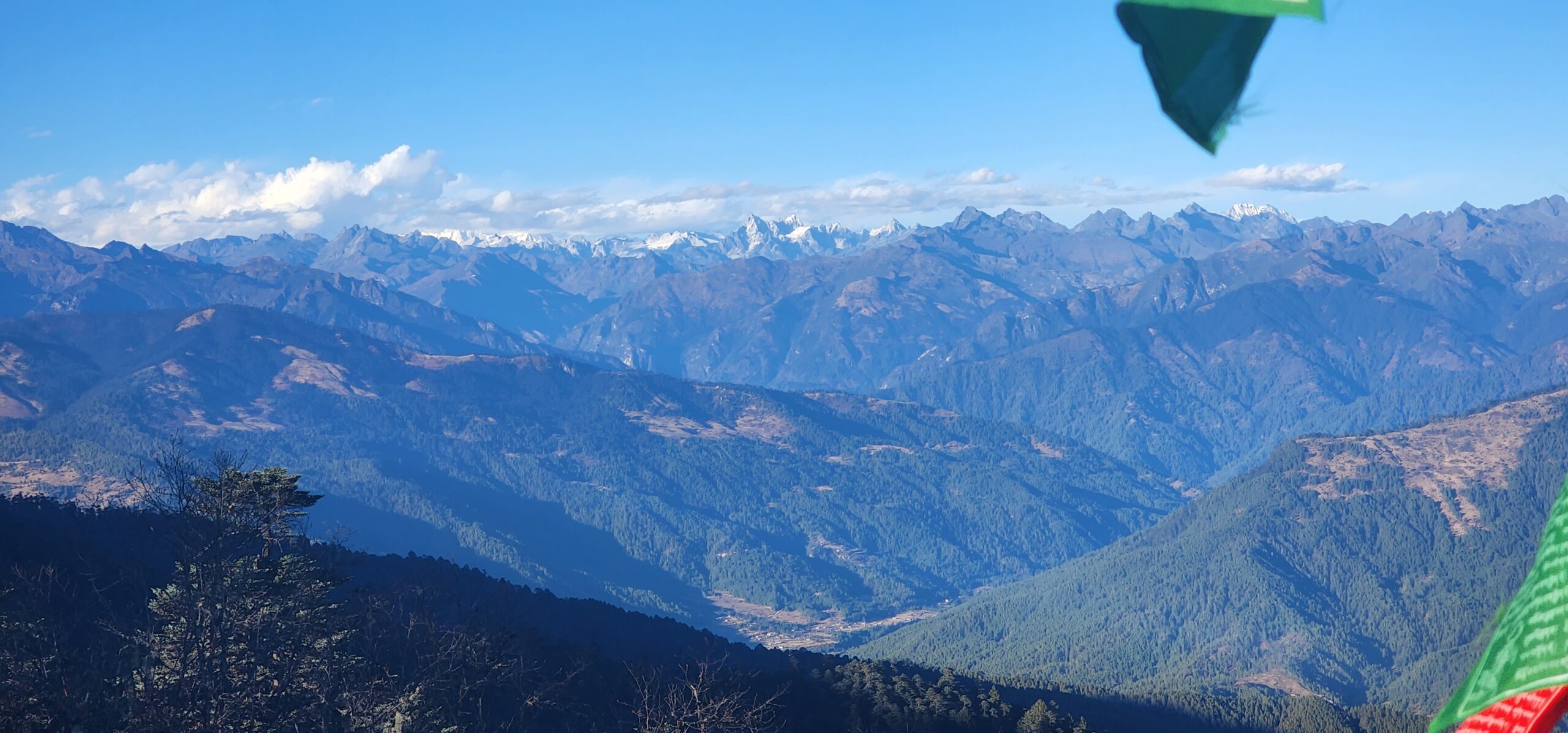
Buddhism’s Many Paths—and the Unity Beneath
The mention of Dzogchen often leads to debates about which Buddhist school is “superior”—Kagyud, Nyingma, Peling, Tersar, Dorling. But having witnessed the essence of practice at Tharpaling Monastery, I can confidently say: these are all just different paths leading to the same destination.
For context, Dzogchen is a subset of Nyingma—the “Ancient School.” The texts of Nyingma were translated from Sanskrit and Pali by Klotsawa Berutsana, while the Kagyud school’s texts were translated by Klotsawa Rinchen Zangpo. Essentially, they offer different expressions of the same truths. The sooner we understand that, the more unified and effective our practice becomes.
Kuenkhen Longchen Rabjam: The All-Knowing Master
Longchenpa’s real name was Drimed Yoezer, but his title “Kuenkhen,” meaning All-Knowing, was earned through his unmatched mastery. He passed away in Tibet in 1363 at the age of 56, but his legacy remains immortal—etched into the stones and winds of Tharpaling Monastery.
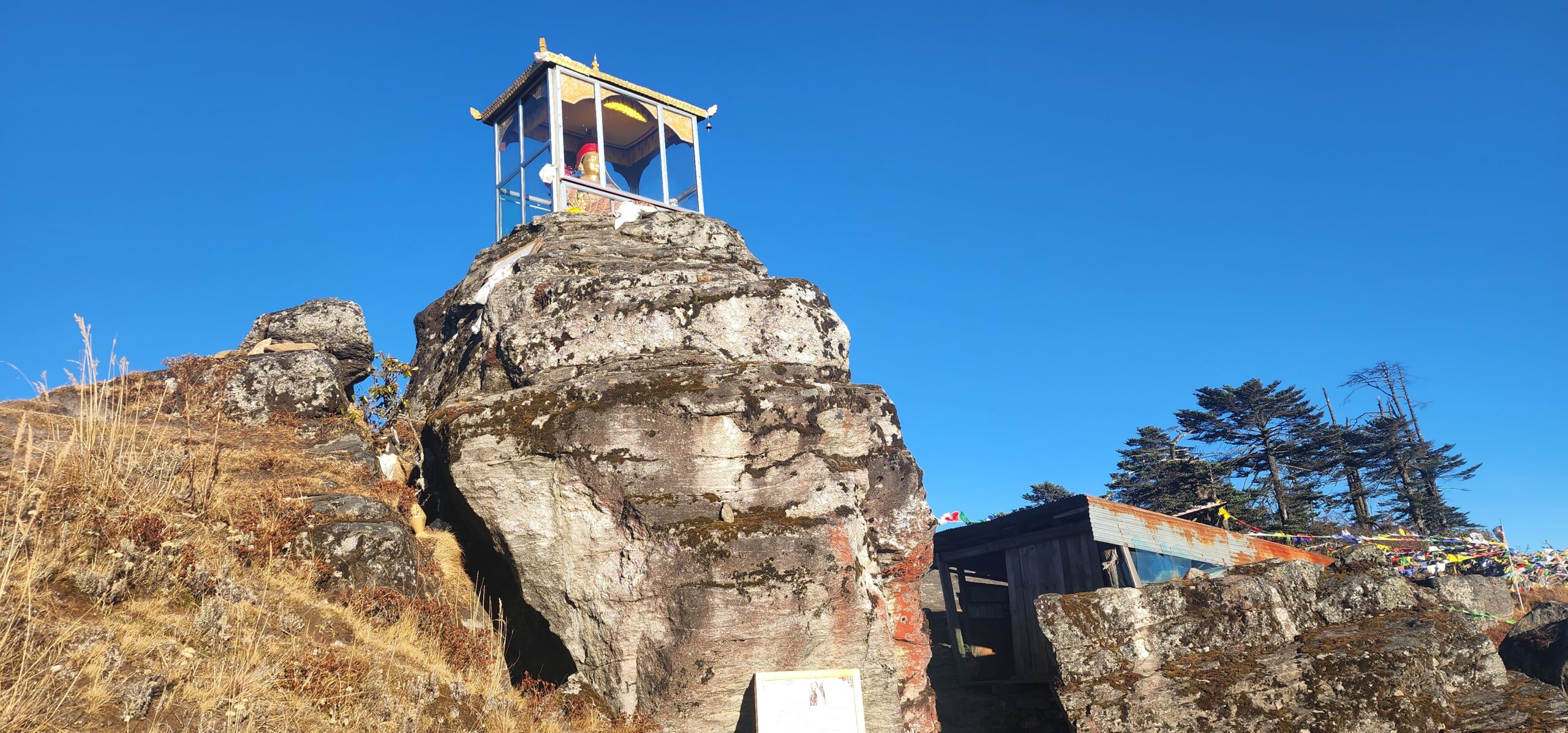
Many of Bhutan’s most revered spiritual leaders, including the beloved Je Geshe Geduen Rinchen, traced their learning back to Tharpaling. Born in a cave en route to Taktshang, Je Geduen Rinchen rose to become Bhutan’s 68th Je Khenpo (Head Abbot). And yes—he preferred khuley (buckwheat pancakes) over rice, a taste he likely acquired during his formative years at Tharpaling.
When he passed in 1997, he died sitting upright in meditation, his body remaining flexible and unspoiled for over 11 days. As an official at the time, I witnessed his embalming. It was not hearsay. It was real.
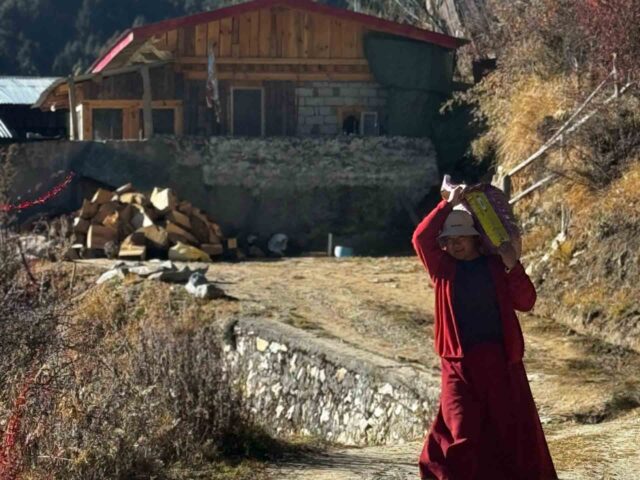
Setting the Record Straight
While researching for this blog, I came across some bizarre stories—claims that Longchenpa fathered deformed children and fled in shame. These are distortions, sadly even spread by a few uninformed teachers.
According to his Namthar (biography), Longchenpa did take a wife—offered to him by one of his disciples—and fathered two children. His son, Jamyang Drakpa Yoezer, became a highly realized master in his own right. No fleeing. No flying. Just a lineage of profound realization.
Hidden Spiritual Corners Around Tharpaling Monastery: Chudrak , Zambala Temple& Drupchu
Choedrak or Chudrak Monastery

Near the monastery lies a sacred retreat zone called Chudrak, where practitioners engage in the rigorous Klo Sum Chog Sum—a three-year meditative retreat. Before Bhutan’s immigration laws came into effect, many eminent Tibetan masters completed their retreats here, reaching deep levels of spiritual insight. It consist of 2 ancient chapels .The Thukje Lhakhang houses a majestic statue of Chenrezig with a thousand arms, while the adjacent Lorepa Lhakhang, named after its 12th-century Tibetan founder, features fascinating relics including a stone footprint of Guru Rinpoche and what is believed to be the stone skull of a dakini—a celestial feminine being.
And then there’s the Drupchu—a holy water spring along the path to the temple. Tradition says it was created by Longchenpa for his guardian deity, Drangsong, a being depicted with eyes all over his serpent-like form. The area’s mystical energy is palpable: when visitors disturb its sanctity, the weather abruptly shifts—fog, hail, or rain. But even a simple incense offering at Longchenpa’s statue clears the air—literally. I experienced this. Not heard. Not read. I lived it.
Zambala Temple
Venture even further uphill, and you’ll come upon the Zhambhala Lhakhang, named after the widely revered God of Wealth. Pilgrims are drawn to this sacred spot to make wishes and offer prayers, often at the mysterious circular indentations etched into the rocks behind the temple. This lhakhang also houses the beautifully crafted funeral chorten of Nyoshul Khen Rinpoche, a prominent Tibetan master who passed away in 1999.
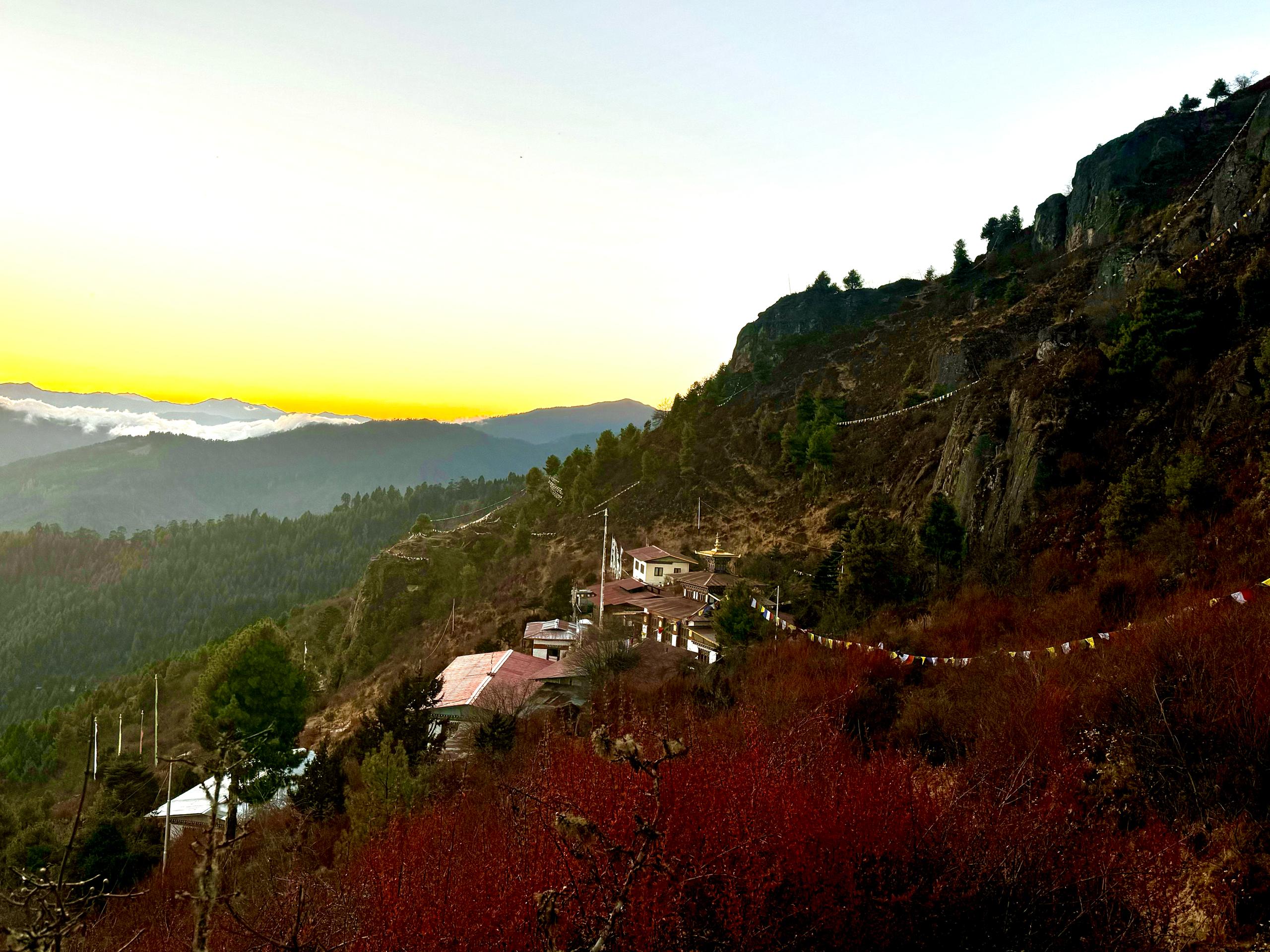
In the evening you can also come across many a monal pheasant , a sight to behold
How to get there
It is located in Chumey valley in Bumthang. It is possible to visit here by driving 10Km up a sealed road through bucolic countryside or by hiking from Lam Goenpa, Jakar to Tharpaling
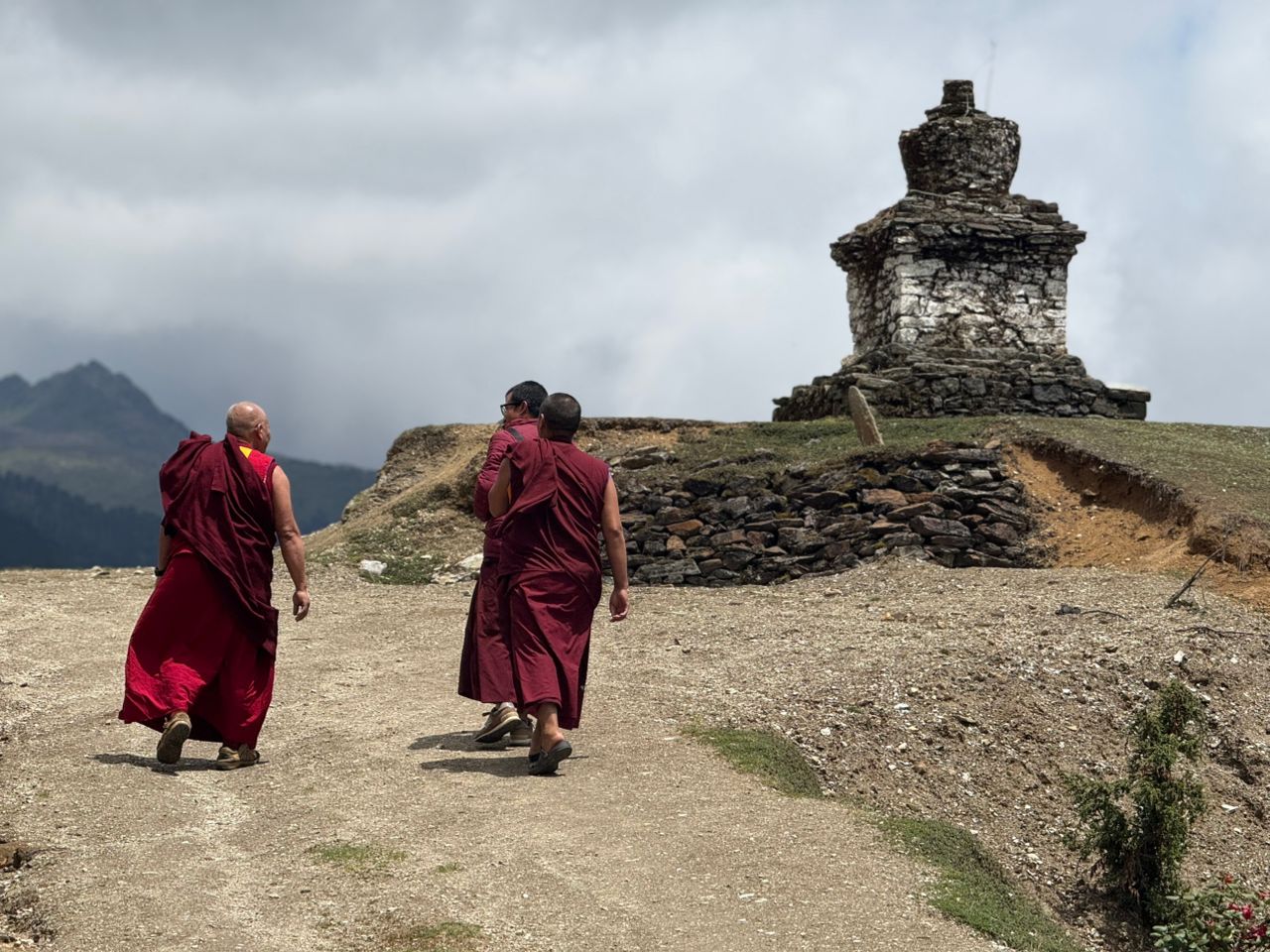
Tharpaling Monastery: Then, Now, and Forever
The Monastery is more than just an ancient center of learning. It’s a living, breathing symbol of Bhutan’s spiritual identity. Even as modernity inches forward, for most Bhutanese, the sacred rhythms of Buddhism continue to guide daily life. And Tharpaling remains a beacon—of faith, liberation, and profound inner peace.
Whether you go there to meditate, learn, retreat, or just breathe—it gives you something you didn’t even know you needed. And that, perhaps, is its greatest gift.
If you’re embarking on a Bhutan Spiritual Tour , or Eastern Bhutan Tour via Bumthang, Tharpaling Monastery is one sacred site you simply should not miss. Its spiritual depth, historical significance, and serene atmosphere make it a truly unmissable part of any meaningful journey through Bhutan.

